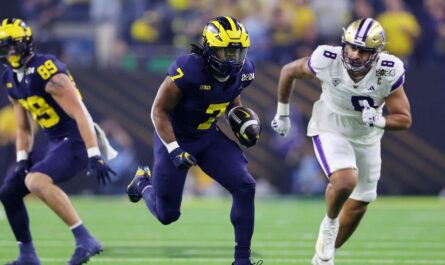Test Your Tennis Knowledge
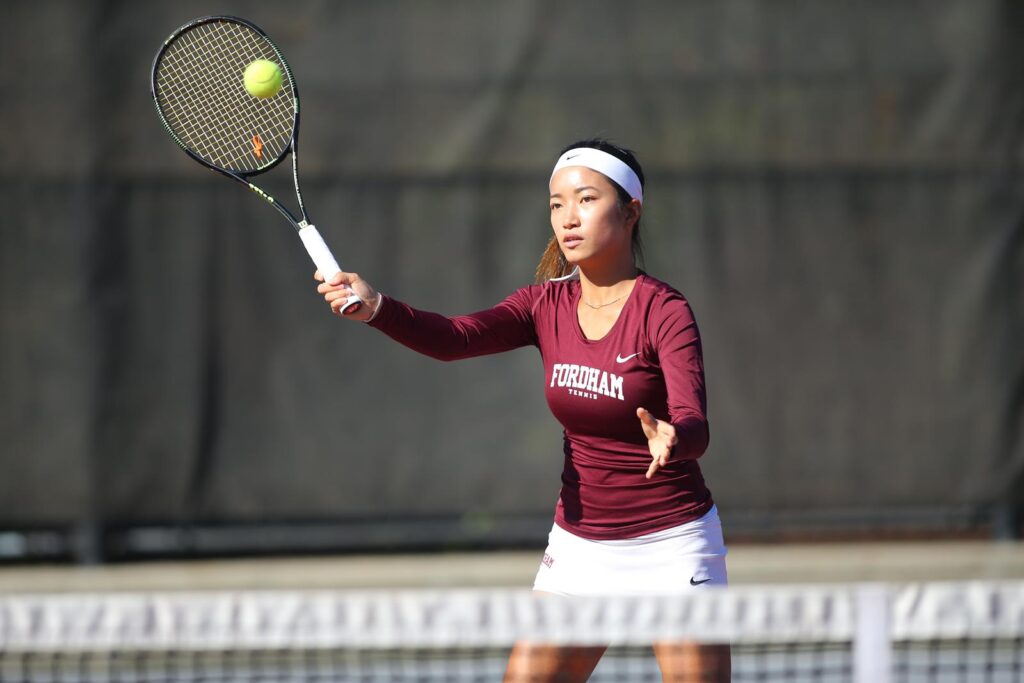
Introduction
Consider yourself a tennis expert? Put your knowledge to the test with these tennis rules quiz questions and answers. Tennis, a sport enjoyed by people of all ages, has a rich set of rules that every player should be familiar with. Whether you’re a tennis enthusiast or aspiring to reach ace-level status, challenge yourself by taking this quiz. Best of luck!
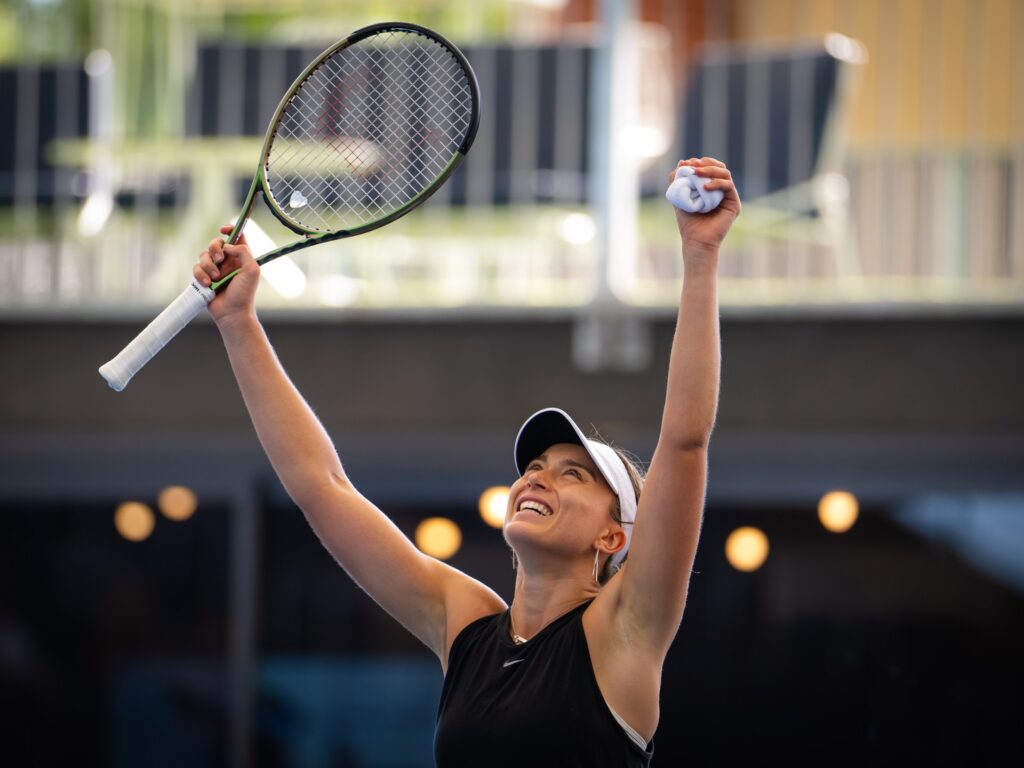
- Question: What is the term for the first point scored in a tennis game?
A. 1
B. 20
C. 15
Correct Answer: C. 15
Explanation: In tennis, the first point scored is commonly known as “15.” This traditional scoring system progresses to 30, 40, and finally a game victory. Therefore, “15” is the correct answer.

- Question: What is the term for a high arching shot landing near the baseline?
A. Serve
B. Smash
C. Lob
Correct Answer: C. Lob
Explanation: A high arching shot landing near the baseline is called a lob. This shot is strategically used to make it challenging for the opponent to return, especially when they are close to the net.

- Question: What is the area between the single and double sidelines called?
A. Gutter
B. Alley
C. Lane
Correct Answer: B. Alley
Explanation: The area between the single and double sidelines is referred to as an “alley” in tennis, where players execute shots during the game.
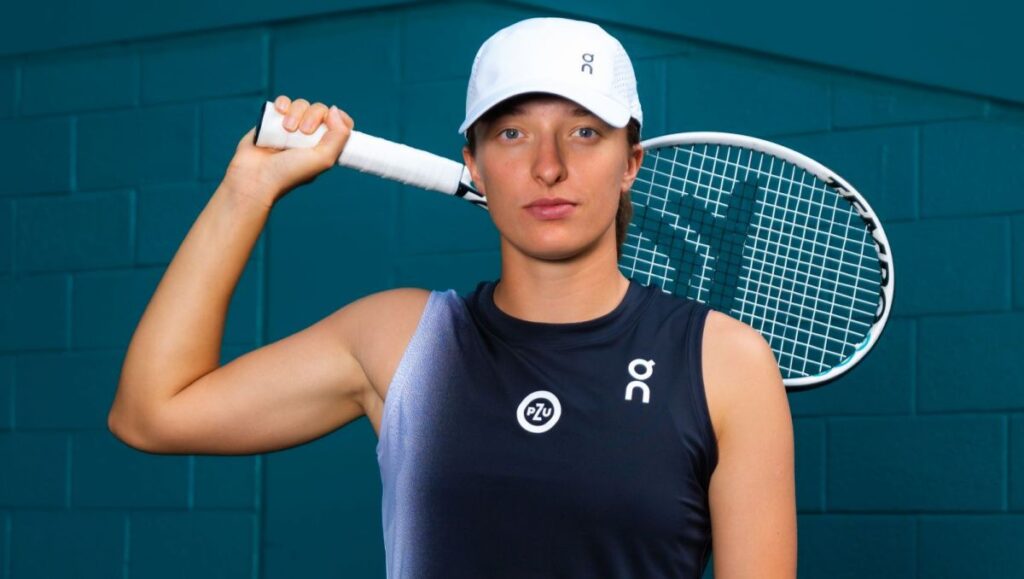
- Question: True or False: A serve must land in the diagonal service court.
A. True
B. False
Correct Answer: A. True
Explanation: In tennis, a serve must land in the diagonal service court, and failure to do so results in a fault and a re-serve.

- Question: What is the stroke used to put the ball into play called?
A. Serve
B. Volley
C. Forehand
Correct Answer: A. Serve
Explanation: The stroke used to put the ball into play is called a serve in tennis.

- Question: What is the term used for a score of 40-40?
A. Overtime
B. Deuce
C. Game
Correct Answer: B. Deuce
Explanation: In tennis, a score of 40-40 is referred to as “deuce,” indicating a tied game, and the next point will give one player the advantage.

- Question: True or False: In singles and doubles, the server serves the entire game.
A. True
B. False
Correct Answer: A. True
Explanation: In both singles and doubles, the server serves the entire game until they lose a point.

- Question: True or False: A serve may be underhand as long as it doesn’t hit the ground first before contact.
A. True
B. False
Correct Answer: A. True
Explanation: In tennis, an underhand serve is legal as long as the ball doesn’t touch the ground before contact.

- Question: True or False: A ball landing on the line is considered out.
A. False
B. True
Correct Answer: A. False
Explanation: Contrary to the statement, a ball landing on the line is considered in play, and the game continues.
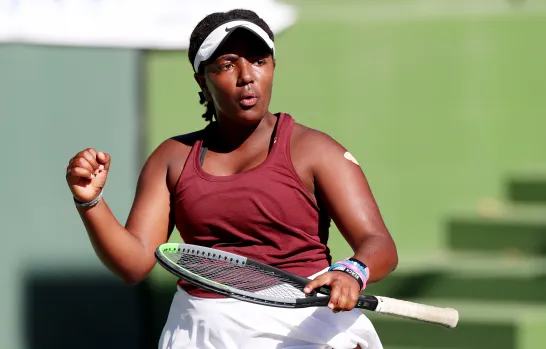
- Question: True or False: The visiting team gets the option of serving first or choosing the side of the court.
A. True
B. False
Correct Answer: B. False
Explanation: The statement is false; in sports like tennis and volleyball, the home team has the option to choose serving or the side of the court.

- Question: How many games must a player(s) win to win a set?
A. Four
B. Five
C. Six
D. Seven
Correct Answer: C. Six
Explanation: In a set, a player(s) must win at least six games to secure victory.

- Question: True or False: A side-out is awarded when the server loses a point.
A. True
B. False
Correct Answer: B. False
Explanation: False. In tennis, a side-out is not awarded when the server loses a point; this term is specific to sports like volleyball.

- Question: True or False: While playing doubles, teammates must alternate shots.
A. True
B. False
Correct Answer: B. False
Explanation: Teammates do not need to alternate shots in doubles; each player can hit the ball in any order.

- Question: True or False: The service court is larger in doubles than in singles.
A. True
B. False
Correct Answer: B. False
Explanation: The service court is the same size in both doubles and singles; only the area considered “in play” differs.

- Question: True or False: The stroke used to return balls on the non-racket side of the body is called the backhand.
A. True
B. False
Correct Answer: A. True
Explanation: True. In tennis, a stroke used to return balls on the non-racket side is called the backhand, involving a swing across the body with the back of the hand facing the shot direction.

